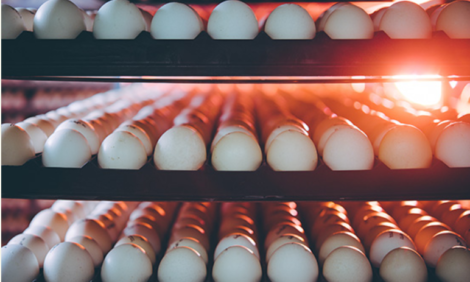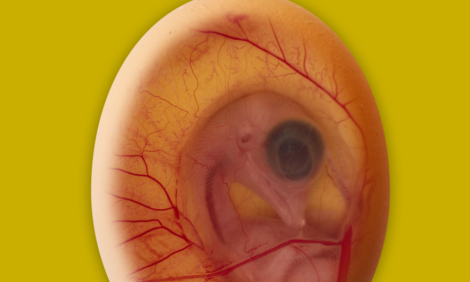



Are you ready for virtual reality poultry farming?
US - With virtual reality suddenly finding applications in all corners of commercial life, it was only a matter of time before poultry farmers began testing out headsets. Andrew Amelinck reports on a project from Atlanta, Georgia that might be about to immerse our industry in a VR revolutionWhen people think of virtual reality (VR) most tend to think of the entertainment side of this rapidly evolving technology – things like hyper-realistic video games. They don’t often (if ever) connect exploring and interacting inside a computer-generated world with the poultry industry. But researchers at Atlanta’s Georgia Tech university are trying to change that by looking into the possibilities VR might hold for the sector, from designing poultry production systems to figuring out the best way to cut up a chicken.
“We wanted to investigate how we could use VR as a tool for doing our research in the poultry industry,” said Sim Harbert, a senior research engineer at the Georgia Tech Research Institute. “I think the VR side of things, especially this kind of 3D manipulation, is pretty impressive when you grab something with your controller and are able to move it in three dimensions and rotate it all in one easy fluid motion. I think there's going to be a lot of uses for it.”
Up to this point, VR in the poultry industry has been restricted to the realm of either the promotional or the improbable. In summer 2016 UK-based The Lakes Free Range Egg Company teamed up with McDonald’s to allow customers to take a virtual tour of the company’s farms as a way for McDonald’s to highlight its commitment to farming (and sell its products). A state-of-the-art trailer featuring an immersive, 360-degree video of The Lakes’ hen houses, ranges and pack houses, along with other farms, toured the UK this past year. At the other end of the spectrum, back in 2012, Austin Stewart, an assistant professor from the University of Iowa, created a virtual world called Second Livestock with the stated purpose of outfitting modified headsets on poultry living in large-scale facilities that would allow them to virtually wander through endless fields. The project was more of a way to open the discussion on the future of the poultry industry than a feasible enterprise.
The project at Georgia Tech, on the other hand, is focused much more on the nuts and bolts of the poultry industry. For example, the team created a truck-based, on-farm live hang system that is designed to be used right at the growout house. By designing the system in virtual reality, as opposed to using less interactive computer aided design (CAD) models, says Harbert, researchers can go on a “walkthrough of the model” in the space it’s intended for before it actually gets built.
“If it was a piece of equipment that was going into a plant you can create it virtually and then make sure it’s fitting into the space,” he says. “We think it's an easier way of doing it instead of using standard CAD modelling,” he said.
The Georgia Tech team is also exploring the use of VR for generating models of CAT scans that show chickens’ skin and bone structures to improve robotic gripping devices – called ‘end effectors’ – used for picking up the birds. Another project involves using these same models to help design more efficient tools for cutting up chicken carcasses.
“We’re working on a cutting project where we come up with the knife movements to do the cutting and can actually look at that in 3D to see how it's working in between the bones,” says Harbert. “You could then determine the most efficient way to cut the meat. The VR is just a tool to help more quickly figure out if our trajectory is an appropriate one by applying it to an actual chicken skeleton that we've scanned in.”
The research developers created the applications using HTC Vive, a virtual reality system with a headset that slips over the wearer’s eyes and two handheld controllers that let the user interact with 3D objects and other aspects of the digital world. The applications could also be generated for other systems now on the market such as Oculus Rift, and less expensive systems like Gear VR and Google Cardboard, according to Harbert.
“I think there are a lot of areas where it could come in handy,” said Harbert. “We're also looking at using it as an educational tool to give students a better idea of a chicken's physiology, which would allow them to both look at and interact with the model.”
While not everyone has an Oculus Rift headset at home just yet, all the signs are that VR technology will soon be significant a part of our lives in various ways, in entertainment, medicine and education. The team at Georgia Tech is also hoping VR will become a vital part of the poultry industry.








